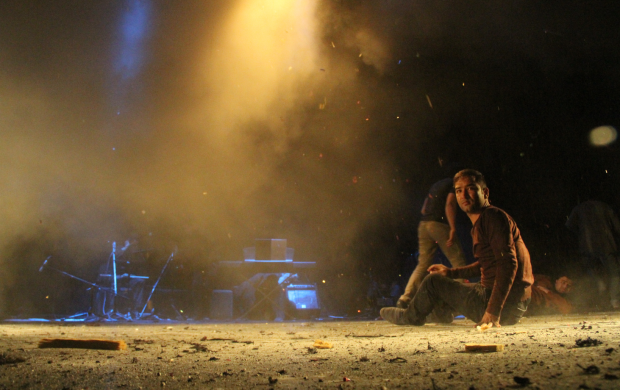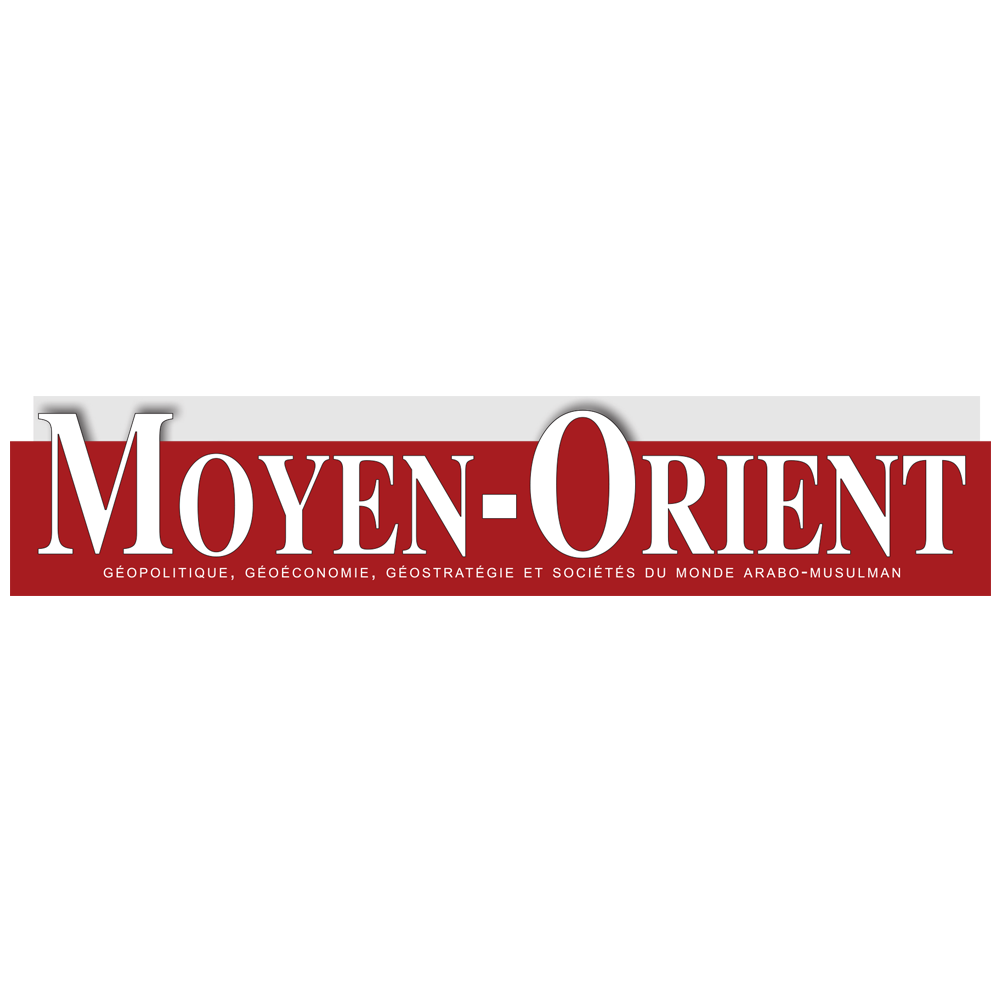Kharmohra
Art under fire in Afghanistan
Mucem, fort Saint-Jean—
Fort Saint-Jean Georges Henri Rivière Building (GHR) 320 m2
|
From Friday 22 November 2019 to Sunday 1 March 2020
Last days
Since 2001, a new generation of artists has emerged in Afghanistan, further to 20 years of war and a Taliban government hostile to art forms and cultural practices. But the newfound peace quickly shifted to another war between the Afghan government, the international coalition forces and the Taliban. Serial attacks have weakened the country, targeting cities and imposing ever more strict and severe security measures at public places, leading up to the suicide attack on 11 December 2014 on the auditorium of the Kabul-based Institut français d’Afghanistan. Weakened by these security issues, the local cultural and artistic scene has nevertheless not disappeared. Artists have not remained silent, inventing powerful formal responses, and the public has not deserted these spaces, sometimes risking their lives.
The exhibition aims to question the effects of this issue in the creation, dissemination and reception of art and culture in Afghanistan and elsewhere. It thus shifts issues that particularly affect weakened Mediterranean states that have been targeted by attacks on places of culture and heritage and that threaten creativity generally. Focusing on news and using the Afghan paradigm as a starting point, this exhibition will be accompanied by study days and an artistic programme (cinema, theater and music).
Its originality involves a view on this contemporary creativity in a way that is detached from preconceived ideas and romantic expectations often held in the West about Afghanistan. It focuses on the strange and complex dialogue that takes place between artists in situations of insecurity and the very varied responses they offer up.
The exhibition presents some sixty works by contemporary artists: photographs, paintings, artistic objects, videos, installations and calligraphies. This selection presents the most original and most representative works by this generation. They reflect the variety of mediums and forms explored by artists in a bid to express the horror of attacks and an omnipresent death in an urban space that has become hostile to its inhabitants. Not without humor, they act as witnesses to beliefs in a promised but never achieved security and to the bitter disillusion that this sample of works brings up.
— Curation: Guilda Chahverdi, cultural & artistic projects coordinator and director of the Institut français d’Afghanistan (2010-2013)
— Scientific advisor : Agnès Devictor, senior lecturer at Université Paris 1 Panthéon Sorbonne and researcher at the HICSA (Cultural and social History of Art)
— Scenography : Anaïde Nayebzadeh
With the support of :
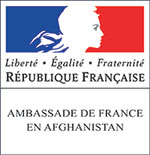

Artist residency at the Camargo Foundation funded by the Creative Europe Culture Program in the project « Excavating Contemporary Archeology »
-
Interview with Guilda Chahverdi, exhibition curator
-
Mucem (M.) Nearly twenty years after the fall of the Taliban, what is the situation in
Afghanistan today?Guilda Chahverdi (G.C.) After the fall of the Taliban in 2001, the country experienced a huge upheaval. Significant sums
were spent on reconstruction, economic development, education, culture, etc. But the management
of this spending did not benefit nation building: corruption prevails, public services are failing
and Afghans’ confidence in their government has been weakened. In this still fragile country
undergoing reconstruction, the Taliban, who had withdrawn after 2001, have gradually regained
ground. Thus, as early as 2005-2006, the attacks began again, becoming a new weapon of war.
During their period of decline, the Taliban have forged alliances, particularly with Pakistan and
Saudi Arabia, which have a strong interest in maintaining divisions in that country and supporting
Sunni extremist movements, especially in order to protect themselves from Shia Iran. Income
from opium, among other resources, have also enabled them to acquire weapons. In any case,
they have already created a parallel government: there is now a Taliban state within the state. By
2019, it is estimated that the Taliban control some 70% of Afghanistan’s territory.
The country is therefore on the verge of a deadlock that could lead to civil war. The fragility of
the Afghan state is awakening the country’s ethnic divisions. Weapons abound, the economy is
weak, poverty has not been eradicated, and the country’s corruption rating is one of the highest
in the world. The Afghan population is not explicitly “pro-Taliban”. But the latter have financial
resources and may seem better able to ensure the safety and protection of the population.
Government support is ultimately perceived as less reliable than that of the Taliban. And where
an Afghan police officer is paid $200, the Taliban can give him double or even triple that if he
works for them, and can even be a bulwark against corruption!M. Why did you choose contemporary art to tell us about Afghanistan?
G.C. When we think of art in Afghanistan, we think of archaeology and orientalism. Here, we are
dealing with something quite different: the exhibition presents contemporary Afghan creativity
that is reaching a certain level of maturity. This new generation of artists is daring to create and
that is what makes this so original. Whether they are painters or photographers, what interests
these artists is telling stories. In a way, it can be seen as a way of reinventing the tradition of
storytelling not through long-established stories, but rather through the contemporary history
of Afghanistan – a story that is not taught today.
For this exhibition, we have chosen eleven artists, the majority of whom still live in Afghanistan.
Each in their own way speaks of their daily life, telling us about insecurity, how they experience
it, how they feel it. They wonder about this permanent violence that at the same time revolts, yet
inspires them – and not without feeling a sense of unease.
Finally, they wish to go beyond the clichés that describe a country frozen in the ruins of war:
Afghanistan is participating fully in the phenomenon of globalisation with the Internet and streaming
platforms. Today, knowledge circulates, the world is seen directly, and the country is no longer
closed in on itself.
But it is true that modernity is not always well accepted in a society still very marked by the weight
of tradition and religion. In the exhibition, we will see, for example, the work of M. Mahdi Hamed
Hassanzada, who left the country where he felt poorly accepted because he was an artist, who
belonged to the Hazara minority, and a gay man.M. How did you choose the artists you included in the exhibition?
G.C. We tried to make a selection that was relatively representative of Afghan society, but we were not
interested in creating “quotas” with a certain share of Pashtuns and Hazaras, men and women,
etc. It was therefore simply a matter of choosing successful artists, who face security risks in
their daily lives and whose works are rooted in the country’s reality.
Each tells something about Afghan society, bringing a different perspective to the understanding
of the complexity of this country, which is infused by a certain level of modernity, but which
reveals itself ultimately to be like a locked front door behind which everyone is under house arrest.
One of the consequences of the security risk is migration. Among the artists participating in
the exhibition, some have had to leave the country: Kubra Khademi, who lives in France, and M.
Mahdi Hamed Hassanzada, who lives in Chicago. The case of Zolaykha Sherzad is a little peculiar,
because she lives between the United States, Europe and Kabul. There are several reasons for
this choice. First, the Mucem is a museum of civilisations, arts and folk traditions. It therefore
seemed important to us to mention crafts, the art of weaving, and the preservation and passing on
of know-hows in the exhibition. Zolaykha Sherzad’s installation also uses the pleating technique
used for the chadaree (burqa), the clothing worn by Afghan women, which tells a lot about their
evolution in society and their place in the public space. Finally, this structure allows us to create
a space that seemed to us to be conducive to storytelling…M. What does the word kharmohra, which gives the exhibition its title, mean?
G.C. This refers to an ancient belief: the “kharmohra stone” or “donkey stone”. In reality, it is not a
stone, but a gland or cartilage located in the throat of the animal, which, once removed and dried, resembles a stone. In Afghanistan, tradition has it that this stone is brought to a mullah, who
blows verses from the Koran on it, in order to have his wish granted. But this stone has a cost;
you have to pay the mullah. And then often, the wish doesn’t come true.
We chose this title to draw a parallel with security in Afghanistan. It has cost billions of dollars
and has cost many lives, but we still do not see any results. It was the idea of the artist Abdul
Wahab Mohmand, who used this parable to evoke the manipulation of Afghans.
We would therefore like to give a somewhat simplistic answer, but one that is still based on fact:
we now know that it is in no one’s interest for Afghanistan to become a strong state. Because
that way, everything we want can circulate: drugs, weapons, etc. Such a landmass is very useful
in this area ripped apart by Iran, India, Pakistan, Saudi Arabia, Turkey, Russia, China… All of this,
as Afghans well know; they are not fooled. It’s been their history for the past 40 years, and even
longer…
Publications
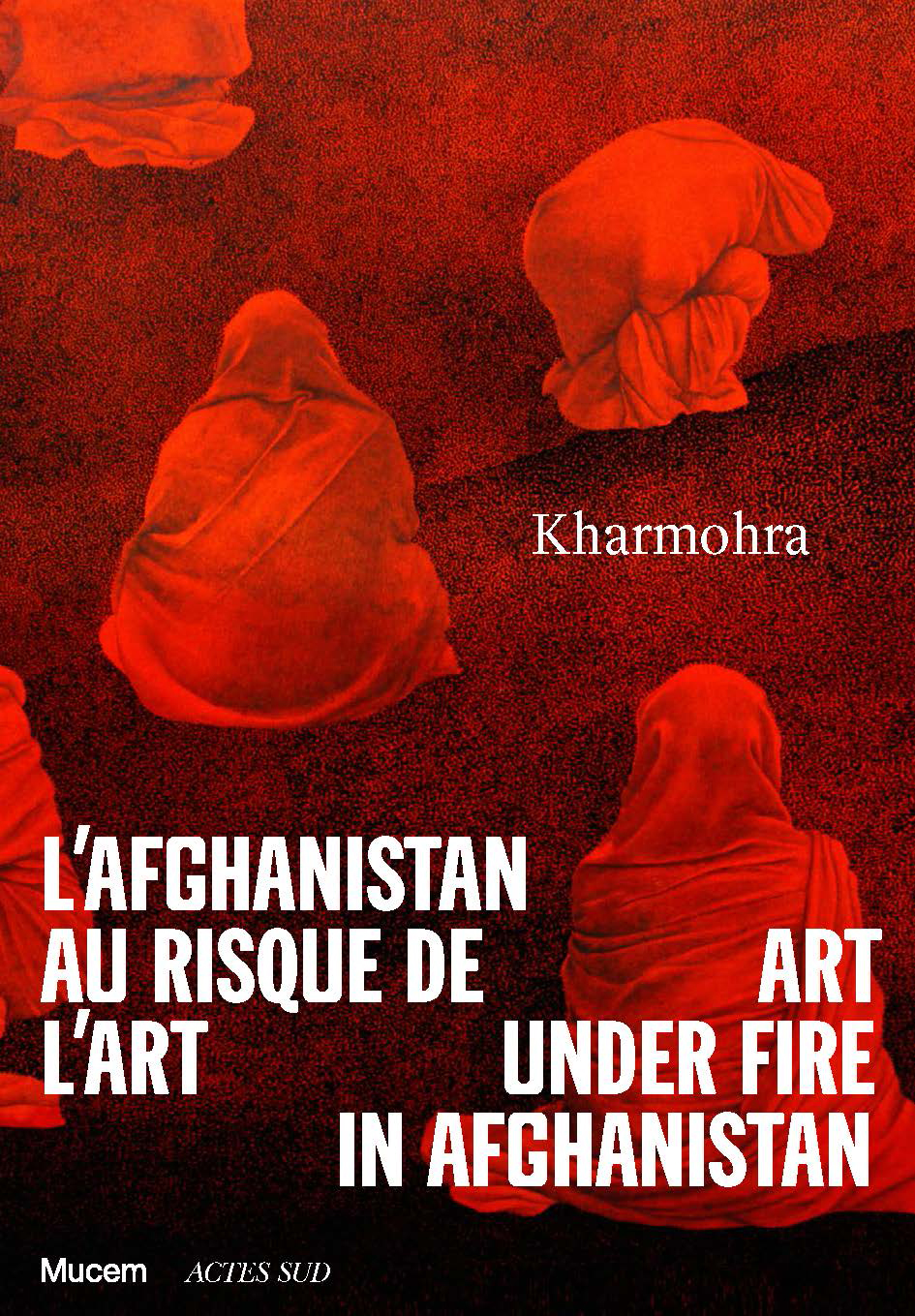 |
Exhibition catalog Project manager : Guilda Chahverdi and Agnès DevictorWith the coordinations of Adam Baczko, Lucile Martin, Alessandro Monsutti, Saeed Parto and artist interviews.Co-publishing Mucem / Actes sud
|
Exhibition itinerary
The city, a hostile space
![Kaveh Ayreek, Ghorbanian [Victims], Kabul, 19 January 2014. Capture of the performance, photograph by Hadi Moravedj. The performance pays tribute to the 21 victims of the attack on the La Taverne du Liban restaurant in Kabul two days earlier © Photo Hadi Moravedj Kaveh Ayreek, Ghorbanian [Victims], Kabul, 19 January 2014. Capture of the performance, photograph by Hadi Moravedj. The performance pays tribute to the 21 victims of the attack on the La Taverne du Liban restaurant in Kabul two days earlier © Photo Hadi Moravedj](/sites/default/files/2019-11/1_Kaveh_Ayreek_Victimes_2014_performance%C2%A9Photo_Hadi_Moravedj.jpg)
Driven from their lands by war, millions of rural people have found refuge in cities. Yet, as early as 2006, the war between the Afghan government, coalition forces and insurgents seemed to have settled in the heart of cities, which have become places of insecurity. Kabul, the capital, is particularly affected. It has become somehow “hostile” to its inhabitants, through the obstruction zones that have grown on all sides (dams, perimeter walls, prohibited areas) and especially through deadly and recurring attacks.
Security, a myth
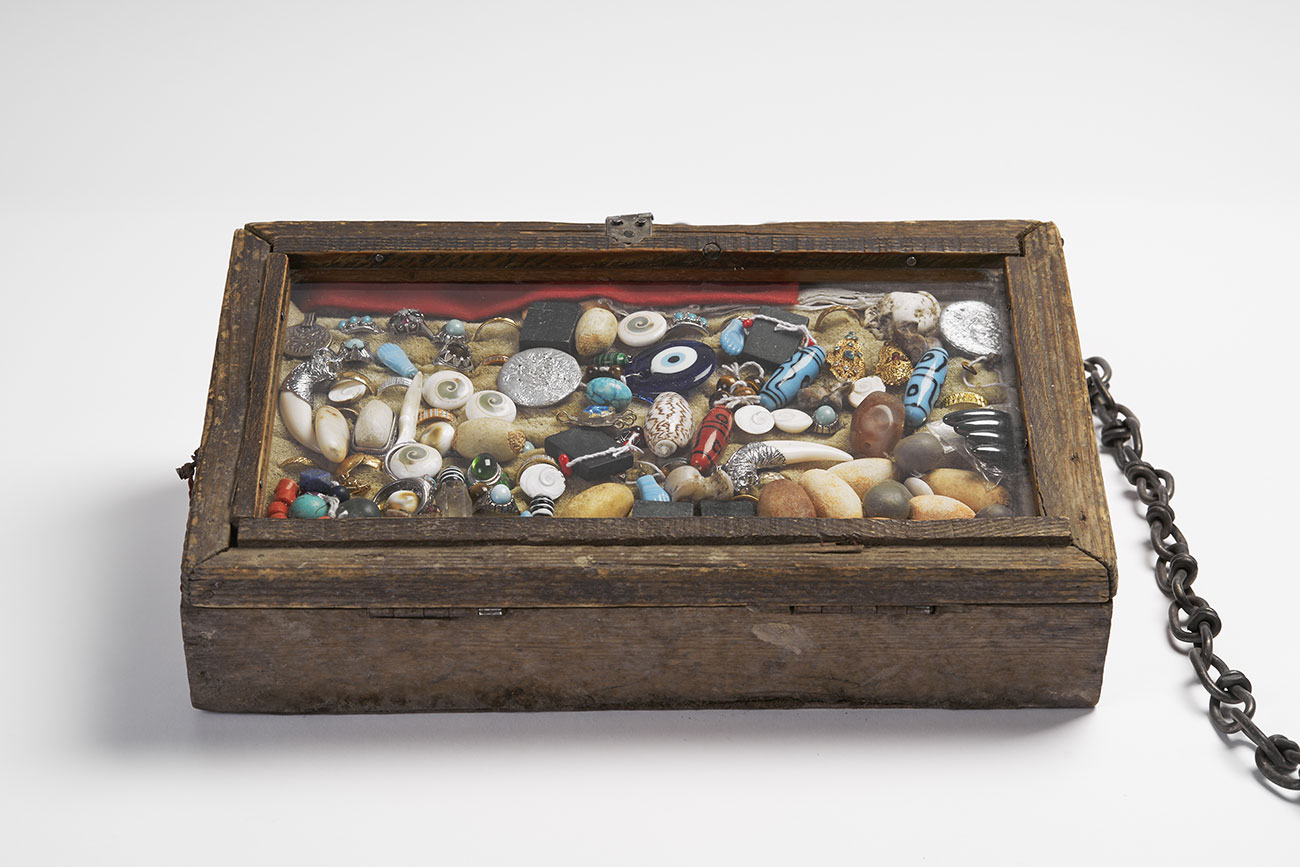
The international intervention and the fall of the Taliban had raised some hope among the Afghan population, hope for security that would make peace possible access to education and healthcare, equality between peoples, and between the sexes… Yet this security promised by all governments has never materialised, leaving the population in the grip of ever more violent conflicts and tensions (social and ethnic).
A deafened revolt
![Latif Eshraq, Donbal [The pursuit], Kabul, 2017. Oil on canvas, 120 × 185 cm. Collection of the artist © Latif Eshraq, photo Naseer Turkmani Latif Eshraq, Donbal [The pursuit], Kabul, 2017. Oil on canvas, 120 × 185 cm. Collection of the artist © Latif Eshraq, photo Naseer Turkmani](/sites/default/files/2019-11/10_Latif_Eshraq_La_Poursuite_2017%C2%A9Latif_Eshraq_photo_Naseer_Turkmani.jpg)
In response to injustices, violent crimes, the absurdity of governance and fear, artists denounce the situation through their works, provoking and awakening sensitivities. This is not a mass revolt. Rebellion is expressed when it can and given the space it can seize. But it constantly growls at anyone who knows how to hear it…
Poetry, a response to destruction
Stories transmitted by word of mouth penetrate souls, give meaning and perpetuate memory. Orality still has a power in Afghanistan that the written word does not have. The oral pact is unalterable while paper is falsifiable. The stories that are told make it possible to bring nuances to situations transmitted by the mass media to a population that still has a low literacy rate.
All activities and events (in French)
Partners and sponsors
In partnership with RFI, France 24, Moyen Orient and MCD
![Mohsin Taasha, série « Tavalod-e dobareh-ye sorkh » [La renaissance du rouge], Kaboul, 2017. Gouache et feuilles d’argent sur papier wasli, 70 x 56 cm. Collection de l’artiste © Mohsin Taasha Mohsin Taasha, série « Tavalod-e dobareh-ye sorkh » [La renaissance du rouge], Kaboul, 2017. Gouache et feuilles d’argent sur papier wasli, 70 x 56 cm. Collection de l’artiste © Mohsin Taasha](/sites/default/files/2019-10/11_Mohsin_Taasha_serie_La_renaissance_du_rouge%C2%A9Mohsin_Taasha.jpg)
![Morteza Herati, “Batchah ha-ye rudkhanah” series [The boys of the river, series I], 2016. Photograph © Morteza Herati Morteza Herati, “Batchah ha-ye rudkhanah” series [The boys of the river, series I], 2016. Photograph © Morteza Herati](/sites/default/files/2019-10/17_Morteza_Herati_Les_garcons_du_fleuve_Serie_I_2016%C2%A9Morteza_Herati_0.jpg)
![Farzana Wahidy, Breath [Respiration], 2007. Photograph. Funds of Agence France-Presse © Farzana Wahidy / AFP Farzana Wahidy, Breath [Respiration], 2007. Photograph. Funds of Agence France-Presse © Farzana Wahidy / AFP](/sites/default/files/2019-10/3_Farzana_Wahidy_Respiration_2007%C2%A9Farzana_Wahidy_AFP_0.jpg)
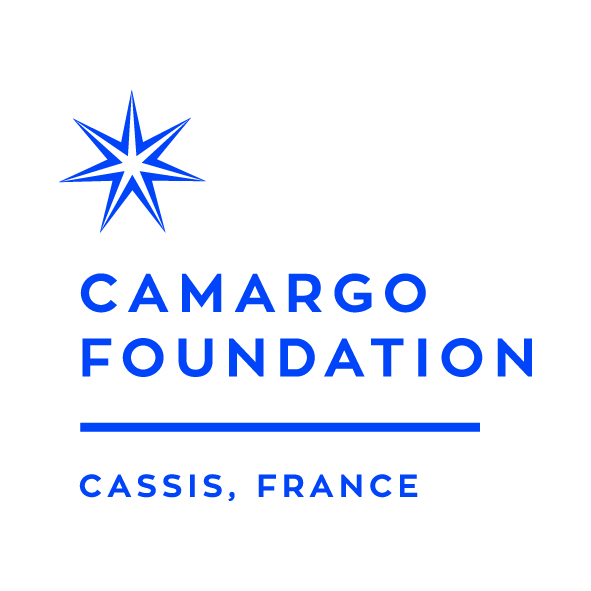
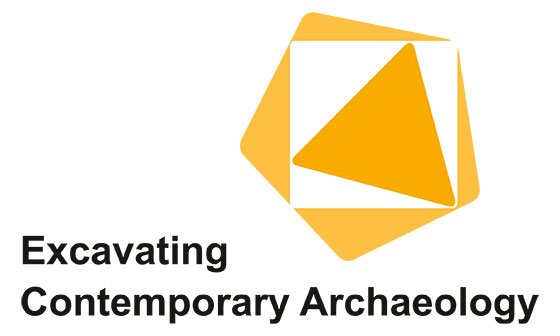
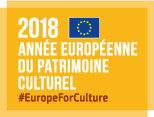
![Mohsin Taasha, série « Tavalod-e dobareh-ye sorkh » [La renaissance du rouge], Kaboul, 2017. Gouache et feuilles d’argent sur papier wasli, 70 x 56 cm. Collection de l’artiste © Mohsin Taasha Mohsin Taasha, série « Tavalod-e dobareh-ye sorkh » [La renaissance du rouge], Kaboul, 2017. Gouache et feuilles d’argent sur papier wasli, 70 x 56 cm. Collection de l’artiste © Mohsin Taasha](https://www.mucem.org/sites/default/files/styles/thumb_620x390/public/2019-10/11_Mohsin_Taasha_serie_La_renaissance_du_rouge%C2%A9Mohsin_Taasha_0.jpg?itok=0XxyVtPd)
